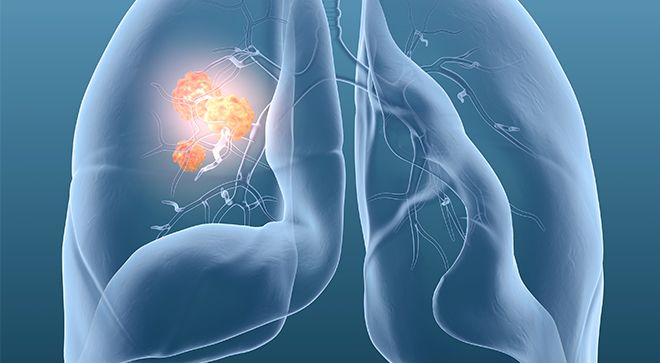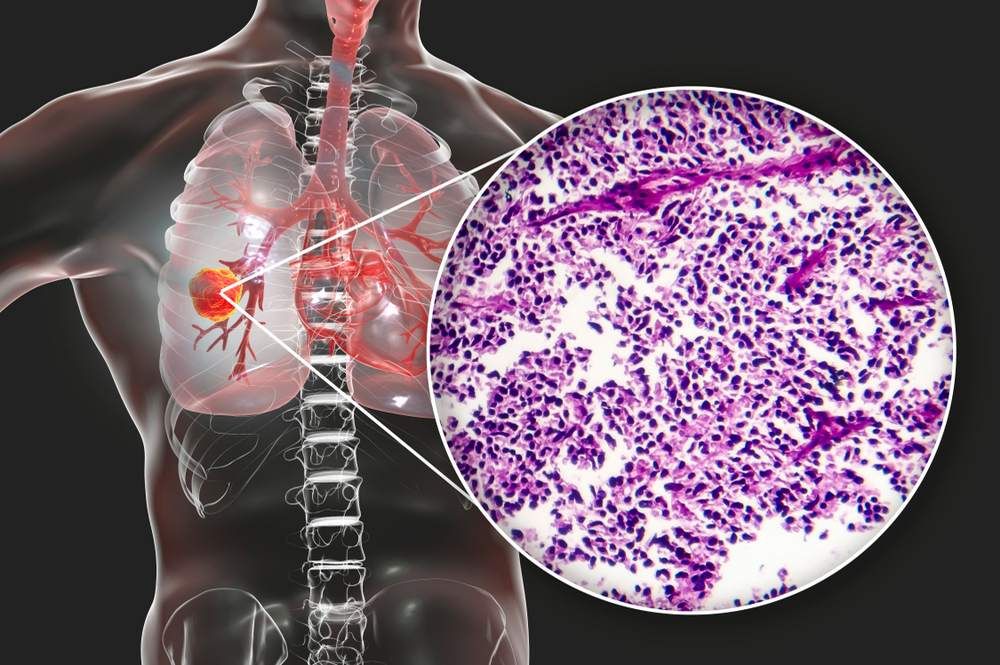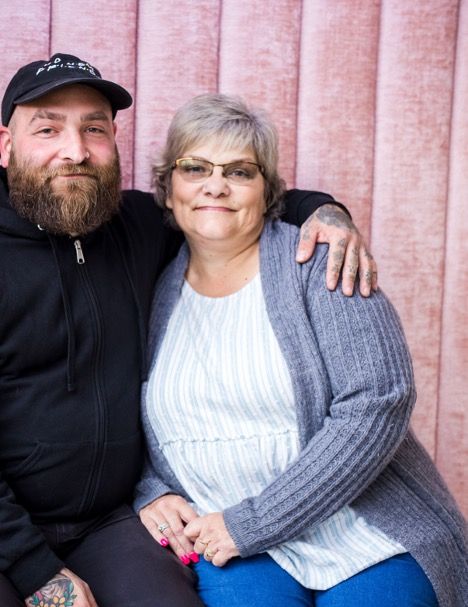Article
Addressing Survivorship in Cancer Care
Author(s):
Patient Advocacy Summit brings together advocacy organizations and other key stakeholders to share ideas about how to improve survivors’ quality of life.
According to the Surveillance, Epidemiology, and End Results (SEER) Program of the National Cancer Institute, overall cancer death rates in the United States fell by 25 percent between 1991 and 2014. Not only are more people surviving cancer today, more people are living with cancer, managing it as a chronic condition for long periods of time.
After a person who has been diagnosed with cancer completes an initial phase of care, they face a host of issues related to how to move forward with their life. Which physicians should be responsible for their care going forward? How they can manage the emotional, physical, and financial stresses that survivorship places on themselves and their loved ones? What do they need to do to ensure their continued survival with a high quality of life?
To address the many questions surrounding survivorship, the National Comprehensive Cancer Network® (NCCN) — a not-for-profit alliance of 27 leading cancer centers devoted to patient care, research and education —organized a Patient Advocacy Summit, which was held on Dec. 1, in Washington, DC.
Bringing together patient advocates from across the United States, the summit highlighted resources for cancer survivors and provided a forum for advocacy organizations to share best practices. It also featured a panel discussion on navigating the cancer survivorship landscape from a multi-stakeholder perspective — including advocates, cancer survivors, employers, pharmaceutical and biotech industry representatives, clinicians, and national health care non-profits.
“My hope is that the advocacy community can be brought together to understand what each other is doing and what the needs are,” NCCN’s CEO Robert W. Carlson, M.D., said in an interview with CURE®. He also hopes the NCCN could learn from the community on how best to configure survivorship programs from the advocacy perspective.
The program included brief presentations from representatives from various patient advocacy groups who shared updates on their activities and insights into resources available to survivors. Megan Murphy, Director of National Ovarian Cancer Coalition, talked about Cancer Connect — an online support community with about 3,000 active members — moderates its group discussions so they can tailor webinars and programs to the interests of their users. She also discussed how the organization works on reaching survivors who may live in more rural areas and may not have access to support near them. In addition, Janine Guglielmino, Senior Director of Programs and Partnerships at Living Beyond Breast Cancer, discussed the development of free print publications that they hope will reach diverse communities and people of all income levels.
Joan S. McClure, M.S., Senior Vice President of Clinical Information and Publications at NCCN, explained how the alliance will be expanding its Guidelines for Patients®, which are available for free online or in print from the NCCN, or on demand from Amazon for a small fee. These guides take the NCCN professional guidelines that define the standard of care for oncology care in the United States and put them into language that most people will be able to understand.
“The guides allow the patient to very quickly educate themselves about the specific type of cancer they might have, to understand what the major decision points are, and to have some information about the pros and cons of those decisions, so that when they actually go to their cancer providers, they can be much more participatory in the decision-making process,” Dr. Carlson told CURE. “The guidelines empower patients to participate in the process, and give them some firm grounding in a very efficient, and very quick way.”
In addition to guides related to specific cancer types, there are supportive care guidelines on topics like chemotherapy-induced nausea and vomiting (CINV), cancer screening, and age-related cancers.
Other organizations represented at the summit included the Cancer Hope Network, which matches people who have been diagnosed with cancer and their loved ones with trained volunteer survivors who have undergone and recovered from a similar experience; Live by Living, which provides transformative outdoor experiences (e.g., hikes, snowshoe outings and retreats) for cancer survivors and their caregivers; Living Beyond Breast Cancer, which offers resources online, in print, by phone and in person; LUNGevity Foundation, a leading lung cancer-focused nonprofit offering research and education as well as support and survivorship programs; and the National Ovarian Cancer Coalition, which aims to increase awareness, educate, and support patients, survivors and caregivers.
Panel discussions at the Patient Advocacy Summit brought together survivors and experts to discuss issues that are central to the ability for survivors to improve their quality of life. The subjects ranged from the contested definition of the term “survivorship” to the availability and extension of palliative care in earlier stages of cancer care, to distress screenings.





